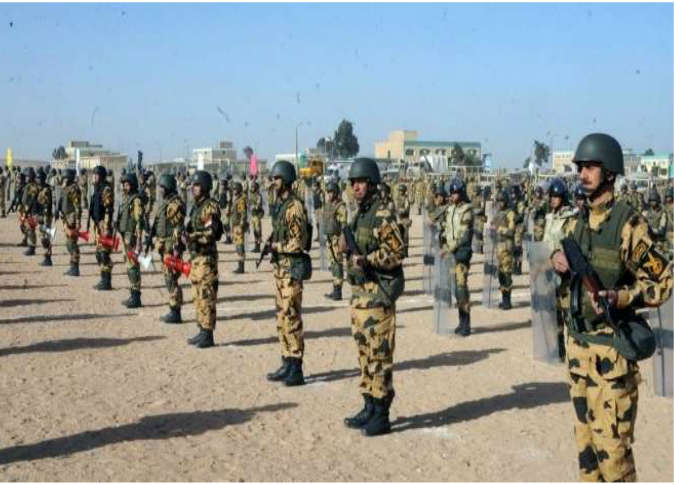
The Taliban movement is exposed to two types of pressures: the pressures of the international community, which are sometimes not devoid of political motives, and the messages of honest Islamic religious institutions such as Al-Azhar to correct misconceptions about religion and human values.
The truth is, the Taliban has an ideological structure in which there is a lot of religion and little politics, and what I mean here is an erroneous and extremist interpretation of religion.
The movement, compared to many religions, is based on the belief that it represents true faith, even if this harms it politically. Whereas Iran, for example, stems from achieving the interests of the Iranian nation, even if it came at the expense of some of its religious convictions.
The Taliban, after breaking up its alliance with violent extremist groups, has become a example for “religious naivety,” even if it comes at the expense of its political interests, as it now seeks to establish a local emirate based around Islamist slogans – its fate will be a great failure.
The movement’s recent decision to ban girls’ education at the secondary and then university stages, followed by another decision banning women from working in the private sector, is unprecedented in the history of extremist regimes and groups.
All other extremist groups did not prevent women’s education, but rather prevented mixing in classrooms, and allowed women to learn in colleges for women only, including students and teachers.
Al-Azhar rejected the Taliban’s decision. The Al-Azhar Grand Sheikh Ahmed al-Tayeb declared that the Taliban’s decision to prevent Afghan women from university education contradicts Islamic Sharia.
Tayeb explained that Sharia urges men and women to seek education “from cradle to grave.”
He described the ban as shocking to Muslims and non-Muslims, and should not have been issued by any Muslim, let alone proudly sticking to it. He urged the Taliban leaders to reverse the decision.
“I suggest to them the book of Imam Al-Hafiz Ibn Hajar “Tahdheeb Al-Tahdheeb” so that they know – if they did not know already – that he mentioned about 130 women including hadith narrators, Islamic jurists, historians, and writers from the female companions and followers [of prophet Mohammad], and those who came in following eras.”
“[I suggest] as well the (Moajam Aalam al-Nisaa) by Zainab al-Amili,” he added.
Tayeb considered the decision not to represent Islamic Sharia, and radically contradict the call of the Qur’an.
At the end of his letter, Tayeb warned against the prohibition of educating women and girls, and depriving women of their legal rights saying Islam has imposed the quest for knowledge on every Muslim, male and female.
“Say, ‘Are those who know equal to those who do not know’?”
Al-Azhar’s position on preventing women’s education is honorable and deserves praise, as it is required to open channels of communication with the Taliban sheikhs who issue fatwas in religion far from politics, especially since the whole world has channels of communication with the movement in the security, economic and humanitarian fields, leaving the field of religious interpretations for clerics who do not know what true religion is.
There is no institution more capable of correcting these misconceptions than Al-Azhar.
About Amr al-Shobaki
Authoring a wide variety of articles, essays and books, Amr al-Shobaki is a former member of the Egyptian parliament, and utilizes his political experience to analyze and discuss current political conflicts and movements, especially in the Arab world.
His credentials include a PHD in political science from the University of Paris 1 Pantheon-Sorbonne University, and has authored titles such as “The Crisis of the Muslim Brotherhood in Egypt” and “Islamists and Democrats: The Problems of Building a Democratic Islamic Movement“.
He has also written for a variety of publications including al-Masry al-Youm, the Middle East Institute, and the French paper Le Figaro.




